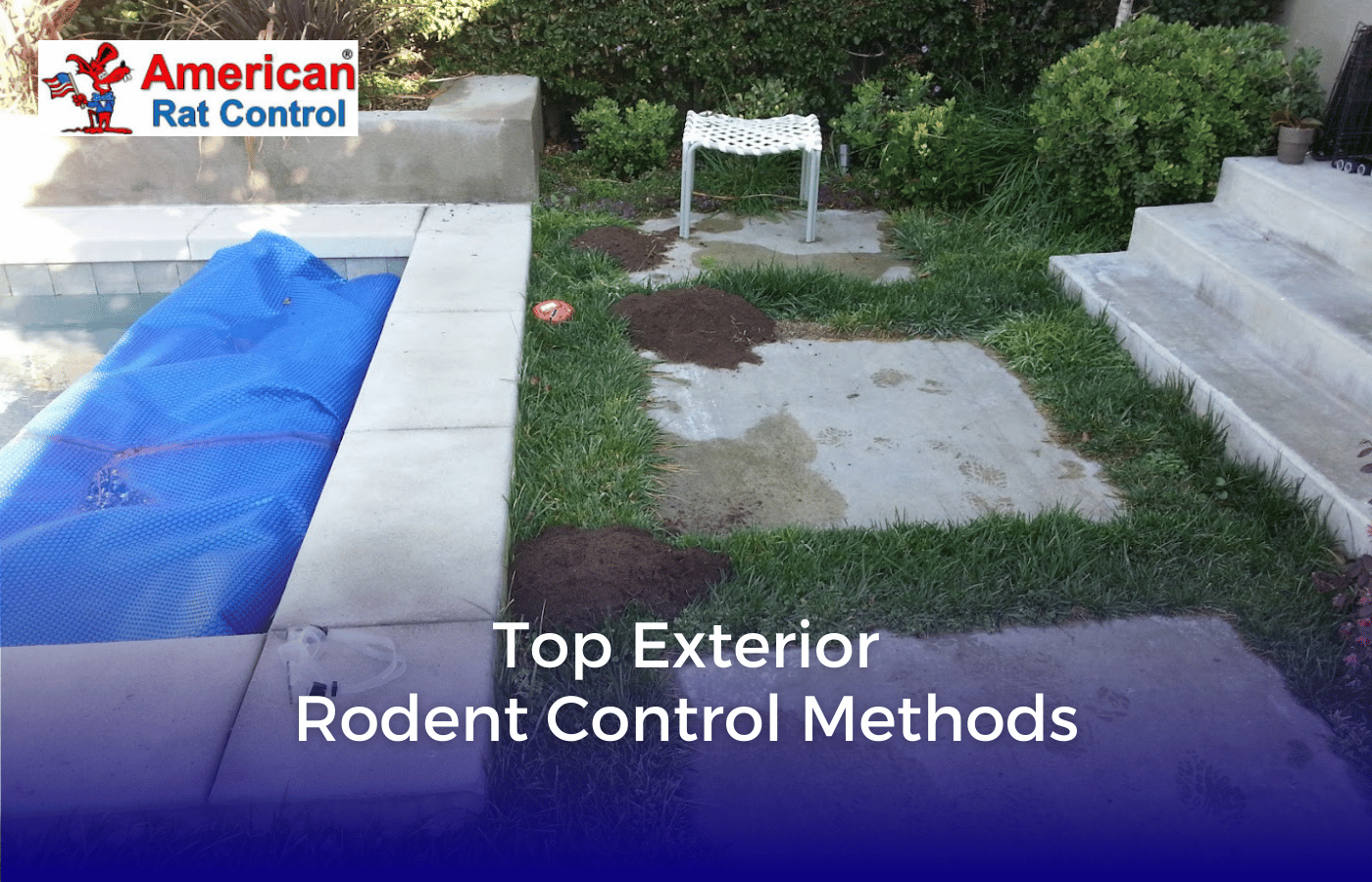No one wants to think it’s possible that their home is in the middle of a rat infestation. The very idea seems to imply poor management, filth and squalor. It may be tempting to ignore the signs and hope that the animals will go away.
However, it is very unlikely that comfortable rats will ever leave; rats tend to establish themselves in places where their basic needs are met and they don’t experience too many threats to their safety. The nooks and crannies of your home may, unfortunately, present a perfect habitat for them.
Eliminating a rat infestation is very important, as rats carry diseases, leave gnaw marks on your home and furniture, and cause significant damage to electrical wiring.
The good news is that there are professional services that dedicate their time to helping homeowners to make their homes less hospitable for rodent infestations. Modern rodent control goes far beyond tricky traps and dangerous poisons. A good pest control professional can offer many workable solutions for your home.
Prevent Rat Infestation in Home
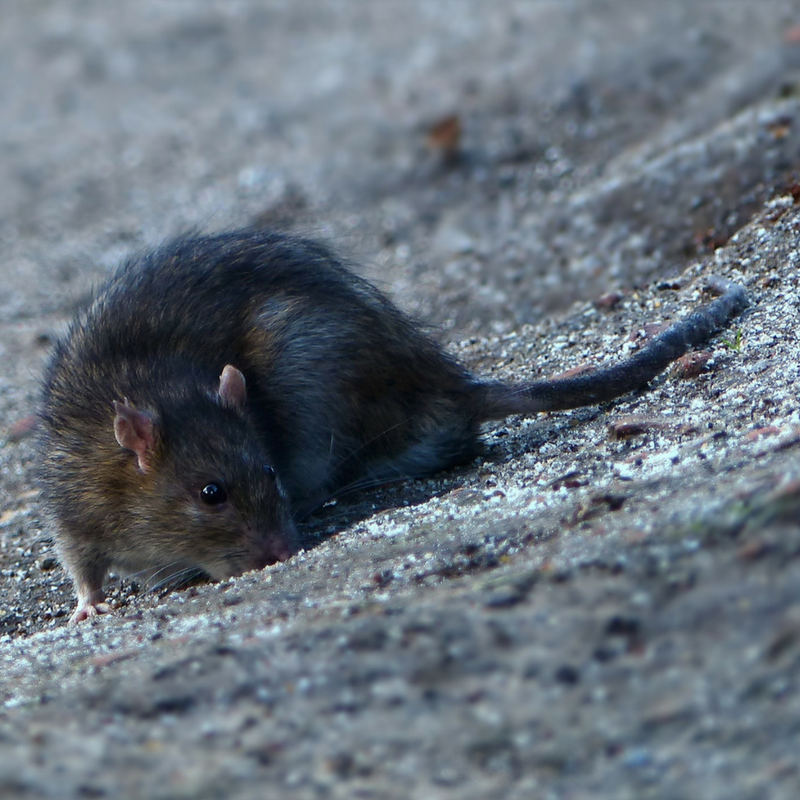
If you know of neighbors who have rat infestations, odds are that you already have a problem too, or else you soon will. A pest control professional can advise you on how to make your home as unattractive to rodents as possible.
- Depending on the species of rat that is causing problems in your area, a professional can give you sound advice as to what to do to prevent them from entering your home. Norway and roof rats are the most common species that cause problems in American homes.
- Roof rats tend to enter your home from above, crossing power lines or climbing nearby trees to get to the roof, then squeezing through vents or holes in the soffits.
- Norway rats tend to stay closer to the ground, entering the home through drains or gaps around the foundation.
- If you aren’t sure what type of rats you are dealing with, a pest control company can help identify them so you know how to focus your rat prevention efforts.
- Whether or not you have an infestation currently, one of the best ways to reduce your home’s attractiveness to rats is to manage your home’s food waste and packaging well. If baited traps and bait stations are in use, they will catch more rats if their other sources of food are unavailable, and if you don’t have many rats yet, they will look for a different place to live if they don’t find food in your home or garage.
Signs of Rat Infestation
To stop rats, you need to be sure that they are present. There are many signs to look for, some more obvious than others.
- Rat droppings are larger than mouse droppings, with some being close to an inch in length.
- Rats make large nests, often of shredded paper, cardboard, or insulation. If you find scattered nesting material on the floor, chances are that there is a rat nest somewhere nearby and the shreds are either falling out or being accidentally dragged around.
- Rats urinate at will, so if you notice an unexplained urine odor it may well be rat scent.
- Holes that rats use will often have grease marks where their dirty bodies slid across the wood or drywall near the hole. You may also notice holes getting larger over time as the rats grow and enlarge the holes so that they can continue to fit through their favorite entry points.
- Finding a dead rat may make you feel relieved, but rats are never alone. Even if one rat dies there are certainly others. The dead rat is just more evidence that something in your home is functioning to attract rats and a rat infestation is present.
- Rat damage can take a few forms, from shredded paper to ruined food, gnaw marks on wood and drywall, and chewed electrical wires. This is just the readily visible damage. Rats are also vectors of disease transmission and can cause significant damage in hidden parts of your home.
What can Rat Droppings Tell Me about a Rat Infestation?
Rats are not subtle, and they are not solitary. They may spend most of their time inside walls and behind immoveable furniture, but because they cannot hold their excrement in, they always leave signs of your rat problem.
Food Sources
Give thought to where you would find food if you were a rat. Garbage cans are a common culprit, as are the backs of cupboards where forgotten stashes of crackers or half a bag of cornmeal might provide sustenance for rats. Pet food can also be a common food source.
Cleaning for Rat Detection
To be certain whether you have rats, begin by cleaning the areas of the home where they are likely to be feeding. Move your garbage cans and clean below them thoroughly; organize your cupboards and wipe down their shelves; remove uneaten dog food promptly and clean the area well. In this process you may find rodent droppings, but don’t conclude anything yet; if it has been a while since you organized, the droppings could be years old.
After you have cleaned up food sources, wait a few days and then examine them again. Are there new droppings to replace the old? Has previously intact food packaging been damaged? If so, you have your answer.
Where to Set Rat Traps
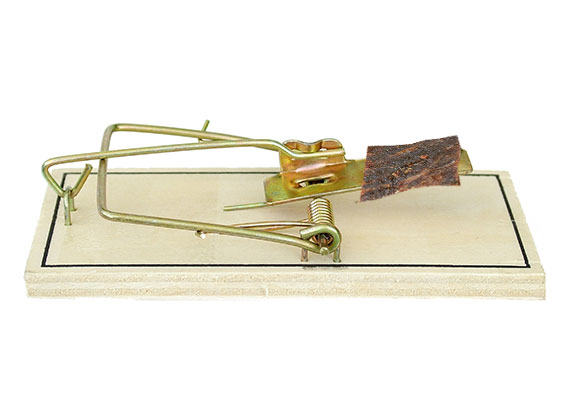
Knowledge of rat behavior is important for successful trapping. Rats are creatures of habit. To get rid of rats you will need to take advantage of their habits. The more you can observe of their behavior the more likely you are to succeed in eliminating rat populations.
- Tell the pest control company about any holes that feature grease marks, as these indicate that rats use them; this can be important intel as the professionals decide where to set their traps.
- Cleaning up food sources is vital, no matter what your pest control protocol. If there is still food to be had the rats may wisely choose to ignore the rat bait in the snap traps or bait stations.
- A professional rat control company will set traps in attics, crawl spaces or basements, depending on the species you are dealing with.
- If your home is not rat proofed, catching a few rats will not make much difference in the long term, so ask your professional about closing off the entry points to discourage rats from entering.
Roof Rats
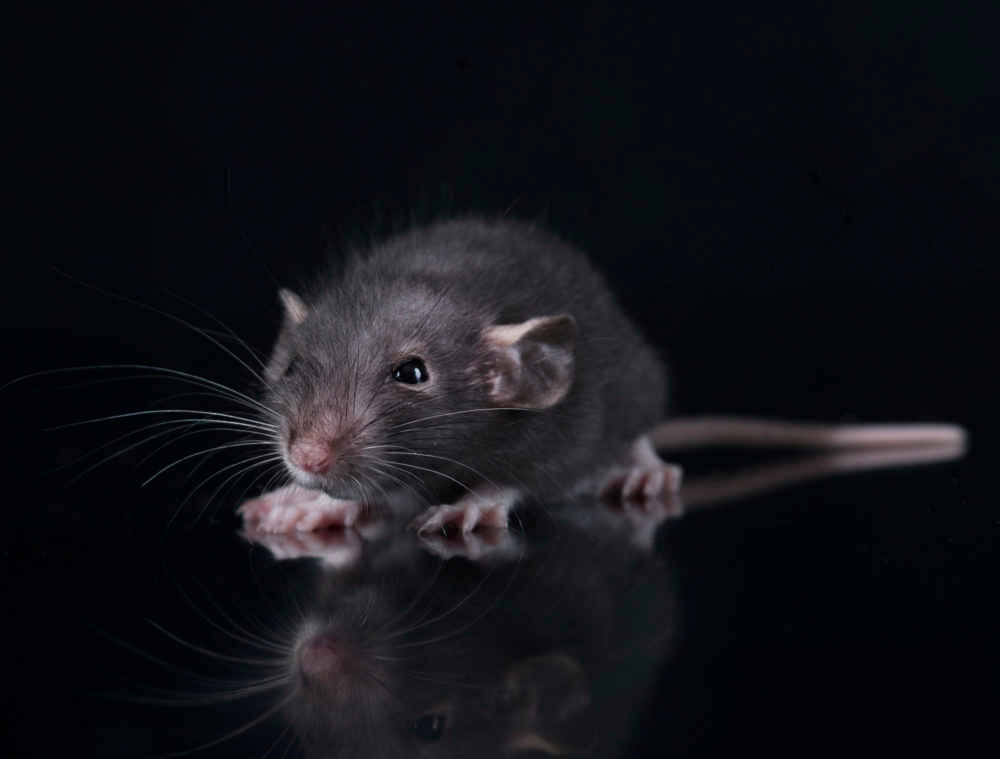
If you have roof rats, your rat control professional will need access to the roof, the attic, and possibly to your ventilation systems. Roof rat nests are hubs of rodent activity, as the grown up rats come and go frequently to bring food to the young.
Norway Rats
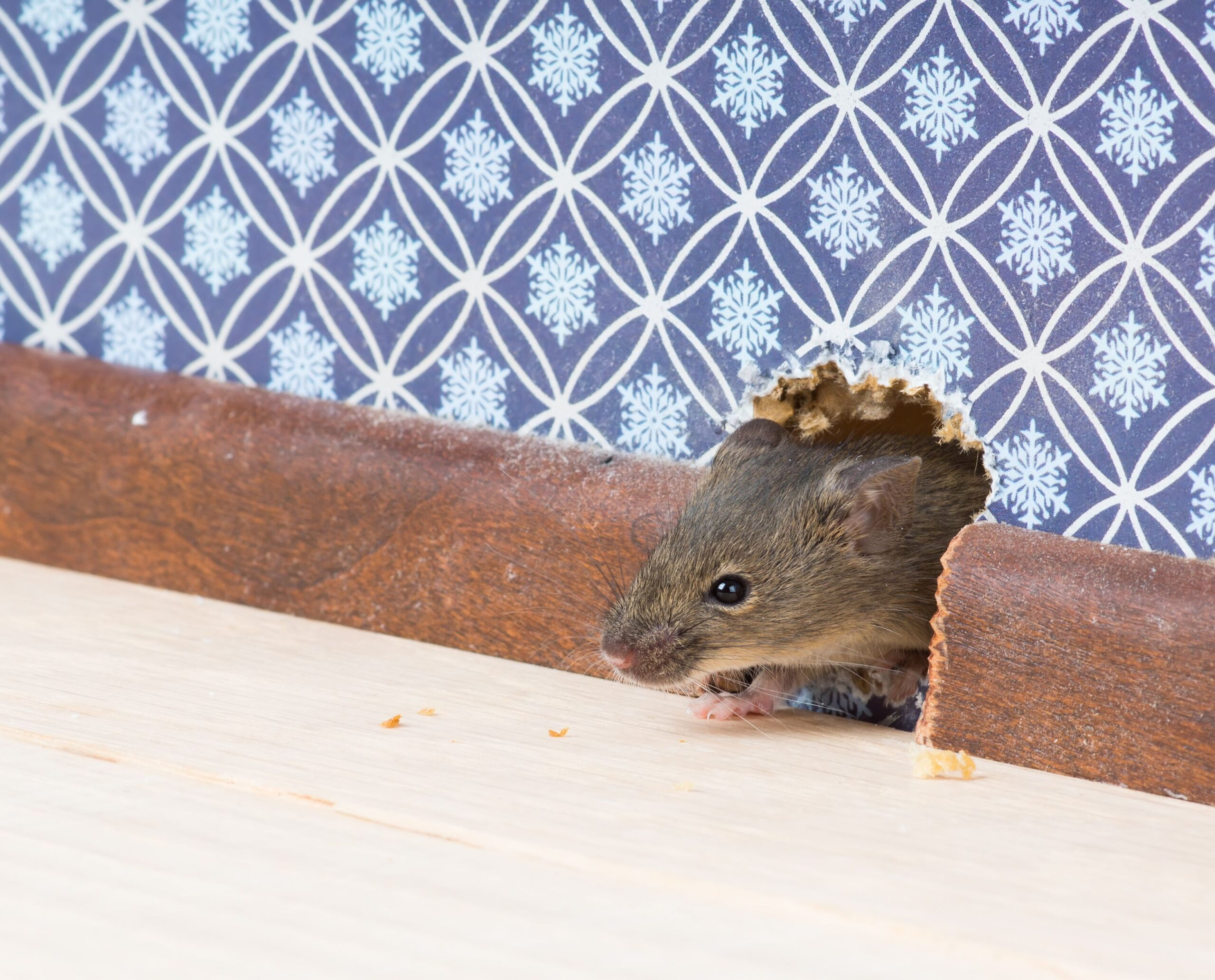
Norway rats, also called brown rats, like to stay close to the ground, so the basement, subfloor areas, and drains are all possible habitats.
Repellants
Rodent repellants are a good option for Norway rats, as they often consist of a harmless natural spray that rats dislike: for example, peppermint oil, which is easy to apply around landscaping, fruit trees, and ground level entry points to the home. With proper application rat burrows may be abandoned and small holes may no longer be used as entry points to your home simply because the rats find the repellant distasteful.
Do It Yourself Rat Control
To save money and embarrassment you may want to find ways to eliminate rats yourself, but this requires a lot of research to find out if it is a job you are really interested in doing.
Commercially Available Rat Control
Some products on the market, like glue traps, are inhumane and leave you with a live, suffering rat to try to dispose of. Live traps are less painful but also leave you with a rat that you have to handle in some way. Snap traps present a quick and merciful death, but they are difficult to position perfectly and rats quickly learn to avoid them if they are not used correctly. A bait station may be an option, but they vary in efficacy and ethical concerns depending on the bait and you may end up with dead rats in crawl spaces of your home, causing unpleasant smell and sometimes maggots.
A rat control professional will have the experience and research to know exactly how to handle the type of infestation you face; they eliminate trial and error by using the best practice the first time.
Getting the Best Rodent Control For Your Money
The choice to spend the money to pay a professional to help with your rodent problem is a very wise decision, but without your cooperation they may be unable to do more than reduce the number of rats. To help ensure that they will be successful in getting rid of the rats living in your home, there are several steps that you can take.
- Good garbage habits will help control rats by eliminating a food source. Food waste should be avoided by using a rat proof compost container, and food packages should be rinsed before putting them in the garbage can to prevent food odors and to ensure that there is nothing to eat in the garbage area. This will prevent rodents from choosing to live on your waste rather than taking bait.
- Natural predators help control and repel rodents, but some types of rat poison can kill the predators as often as the target species. Ask your rodent control professional to use a poison that will not poison predators that eat the rats. Also ask about birth control baits, which don’t harm predators but keep the rats from reproducing, leading to reduced rat populations.
- Remember, any bait, whether poison or birth control, is most effective if it is the only food source, so secure your garbage, pantry and pet food before the work begins.
- If your pest control specialist recommends rat proofing your home, cooperate by allowing them access to whatever part of your property they consider to be vulnerable.
- Rodents can fit through very small holes that you might not even notice, but the trained eye will know exactly where to look both for current rodent activity and for future vulnerabilities.
- Removing easy entry will deter rats because they don’t like to be visible for very long; if they don’t find an easy hiding place quickly they will go somewhere else.
- Snap traps are still the most effective, fastest and most environmentally friendly way to get rid of rats, so if your specialist wants to do this, help by securing any of your pets away from areas where the rat traps are set. If the professional uses traps they will return a few times to remove dead rats and reset the rat traps.
- Be sure to ask your professional for other ways to prevent rats that will apply to your location and circumstances. Also refer their services to your neighbors, as all the control measures in the world will not help if there is an endless supply of rats from surrounding homes.
Maintaining Rat Control
Once the rat control professional has finished the job and the rats are gone, you will have to continue to be vigilant and not let another infestation get out of hand.
- Repairing any rat damage will let you see easily if a new family of rats has moved in and started gnawing on your home. Leaving the damage untended will make it hard to tell if new damage is being done.
- Cleaning up rat droppings from areas where the rats lived will let you tell at a glance if fresh droppings begin to appear.
- Keep good food source and garbage habits so rats and mice don’t want to stay long. This is the best way to get rid of rats long term; without food they will leave.
- Whether you have a rat or mouse infestation, the cost of eliminating it is similar, and the damage the animals can do is substantial. If you are satisfied with the service you received when having your first infestation eradicated, make sure to save the company’s number.





